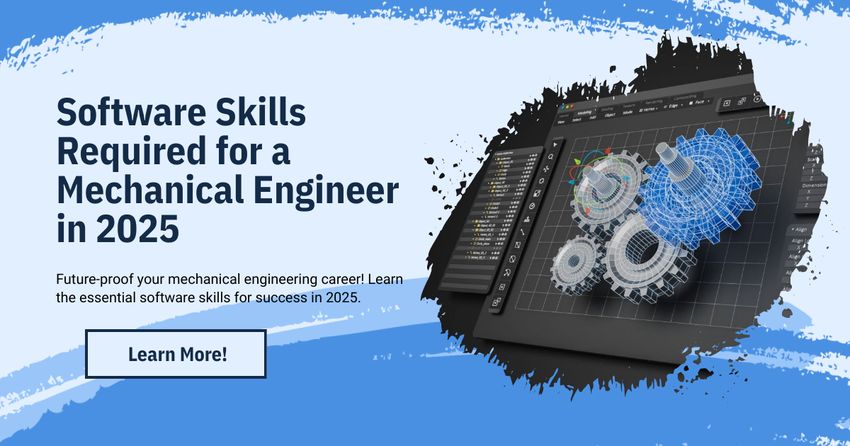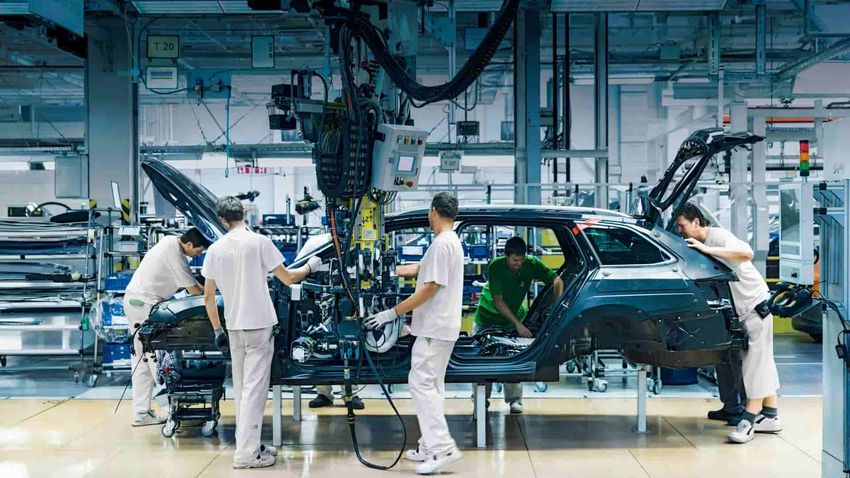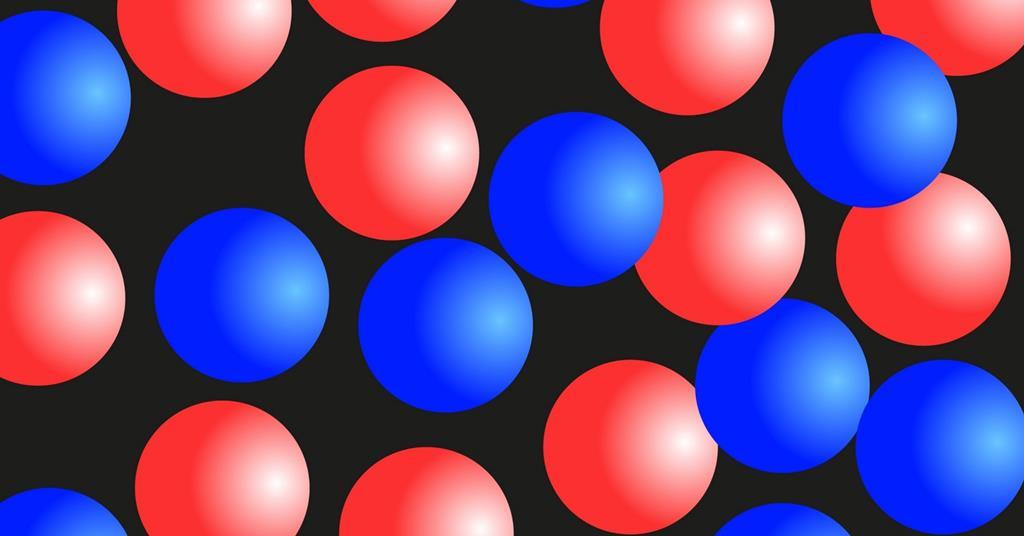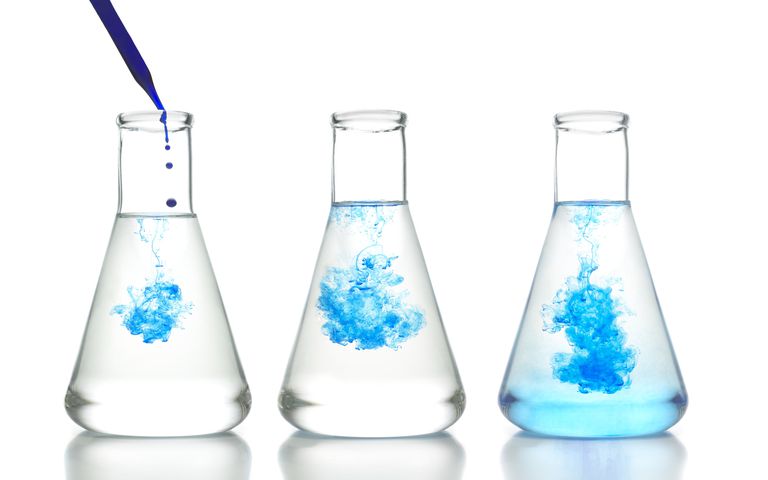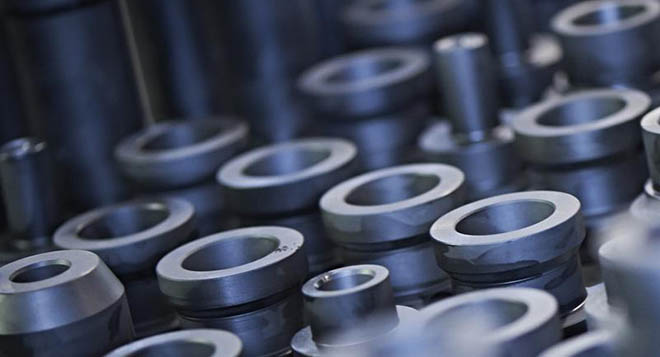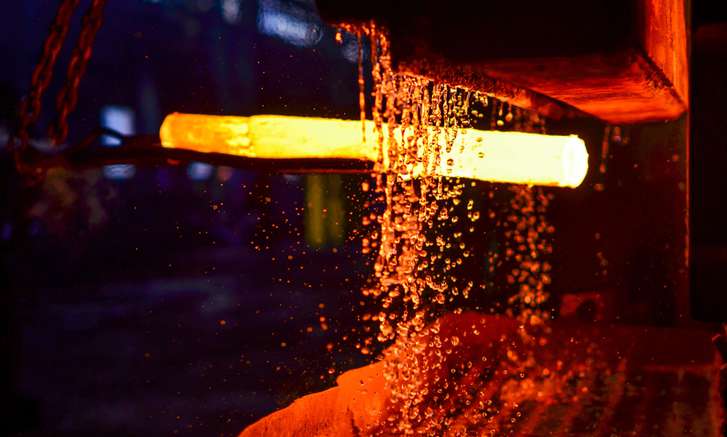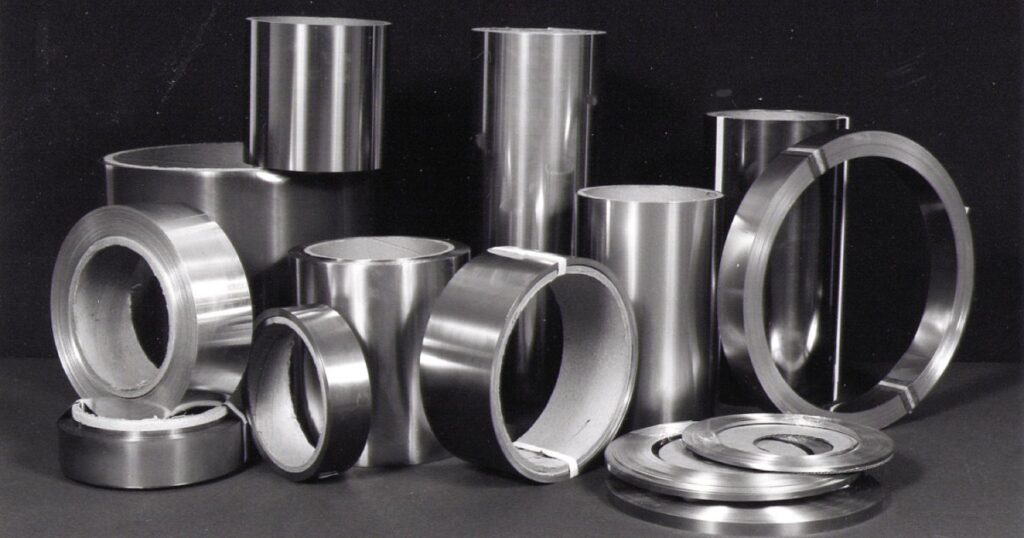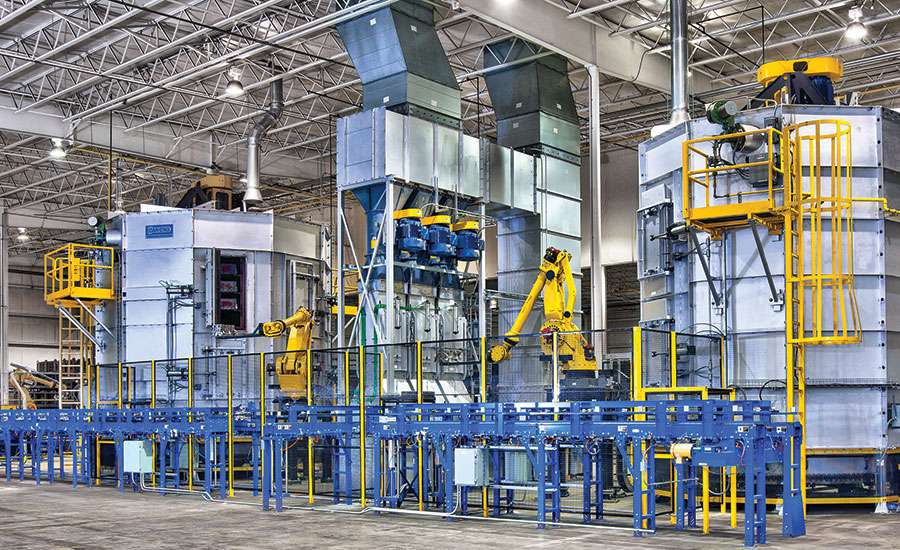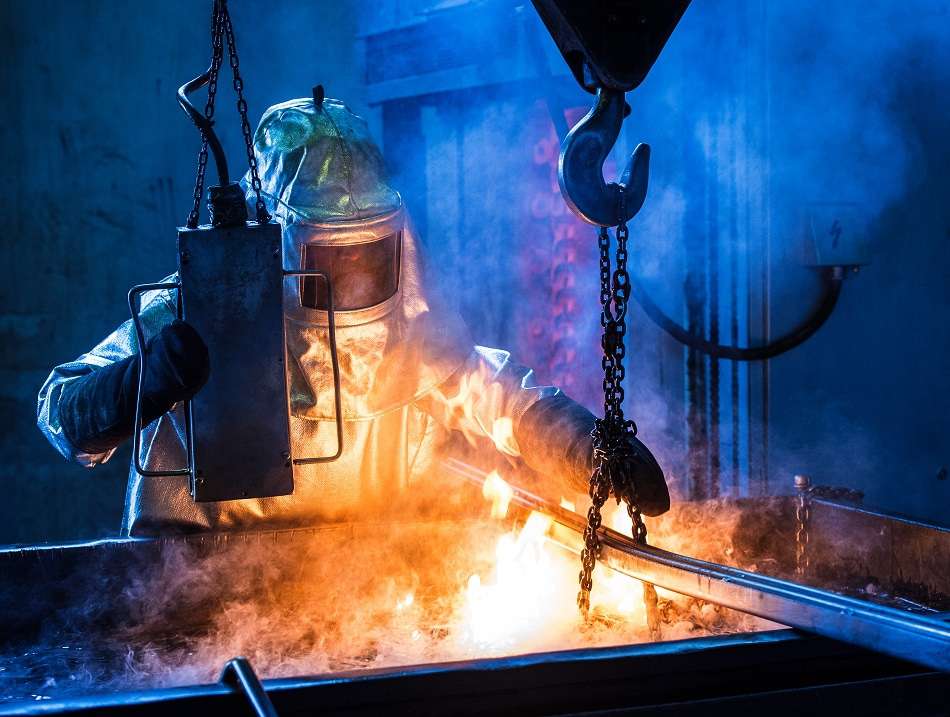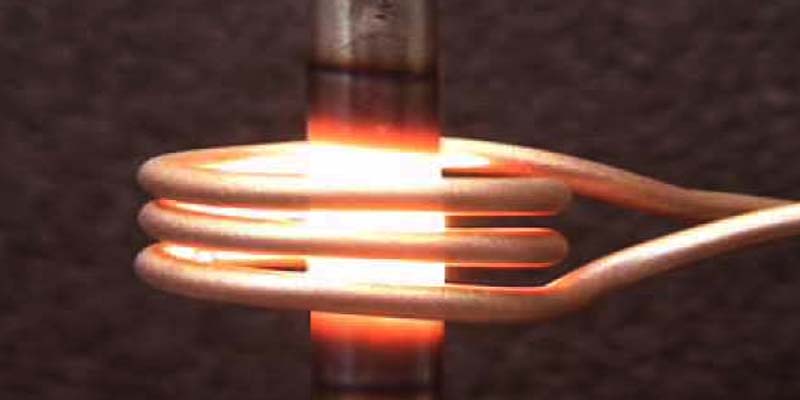Posted inMaterial Science
Steady-State Diffusion
The flux of diffusing atoms, J, is expressed either in number of atoms per unit area and per unit time (e.g., atoms/m2-second) or in terms of mass flux (e.g., kg/m2-second).Steady state diffusion means that J does not depend on time. In this case, Fick’s first law holds that the flux along direction x is: J = – D dC/dx Where dC/dx is the gradient of the concentration C, and D is the diffusion constant. The concentration gradient is often called the driving force in diffusion (but it is not a force in the mechanistic sense). The minus sign in the equation means that diffusion is down the concentration gradient.


